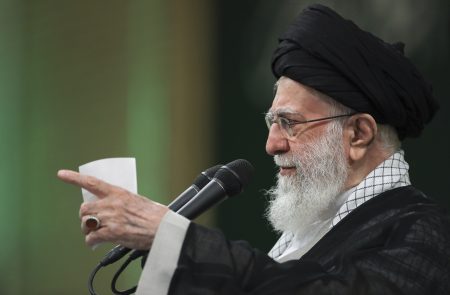US Defence Secretary Lloyd Austin underwent a medical procedure and temporarily transferred power to his deputy, the Pentagon has said. The transfer of power to Deputy Secretary of Defense Kathleen Hicks was done as a precautionary measure in accordance with established protocols. Austin is expected to make a full recovery and resume his duties in the near future. The specifics of the medical procedure have not been disclosed, but officials have reassured that it was a routine and non-emergency procedure.
The news of Austin’s medical procedure and transfer of power comes at a time of heightened tensions and challenges for the US military. The Pentagon has been closely monitoring global security threats, including potential conflicts with Russia and China, as well as ongoing military operations in the Middle East and other regions. Austin’s absence, while temporary, underscores the importance of maintaining a strong chain of command and ensuring continuity of leadership in times of crisis. Deputy Secretary Hicks has assumed the responsibilities of the Secretary of Defense during Austin’s absence and is working closely with senior military officials to address national security concerns.
Secretary Austin, a retired four-star Army general, was confirmed as the Secretary of Defense in January 2021, becoming the first African American to hold the position. He has been a key player in the Biden administration’s efforts to address a range of global security challenges, from managing the withdrawal of US troops from Afghanistan to countering emerging threats from China and Russia. Austin’s leadership and expertise have been crucial in shaping the Pentagon’s strategic priorities and ensuring the readiness of the US military to respond to evolving threats.
The transfer of power to Deputy Secretary Hicks has been seamless, with senior military officials expressing confidence in her ability to lead the Department of Defense in Austin’s absence. Hicks, a seasoned defense policy expert with a background in national security and defense strategy, is well-equipped to handle the responsibilities of the Secretary of Defense. She has previously served in various leadership positions within the Pentagon and has a deep understanding of the agency’s operations and priorities. Under her leadership, the Department of Defense is expected to continue its mission of protecting the nation and advancing US military interests worldwide.
Despite Austin’s temporary absence, the Department of Defense remains fully operational and continues to carry out its duties in support of national security. Military operations, including ongoing missions in Afghanistan, Iraq, and other regions, are proceeding as planned under the guidance of senior military leaders. The Pentagon has assured the public that there is no disruption to its operations or readiness due to Austin’s medical procedure. The transfer of power to Deputy Secretary Hicks has not impacted the Department’s ability to respond to emerging security threats and challenges.
In conclusion, Secretary Austin’s temporary transfer of power to Deputy Secretary Hicks highlights the importance of maintaining a strong and effective chain of command within the Department of Defense. As the Pentagon continues to navigate complex security challenges and global threats, it is essential to have capable leadership in place to ensure the agency’s readiness and preparedness. Austin’s expected full recovery and return to duty will further strengthen the Department’s ability to address current and future national security concerns. In the meantime, Deputy Secretary Hicks has proven herself as a capable leader who is ready to step into the role of Secretary of Defense and guide the Department through any challenges that may arise.












